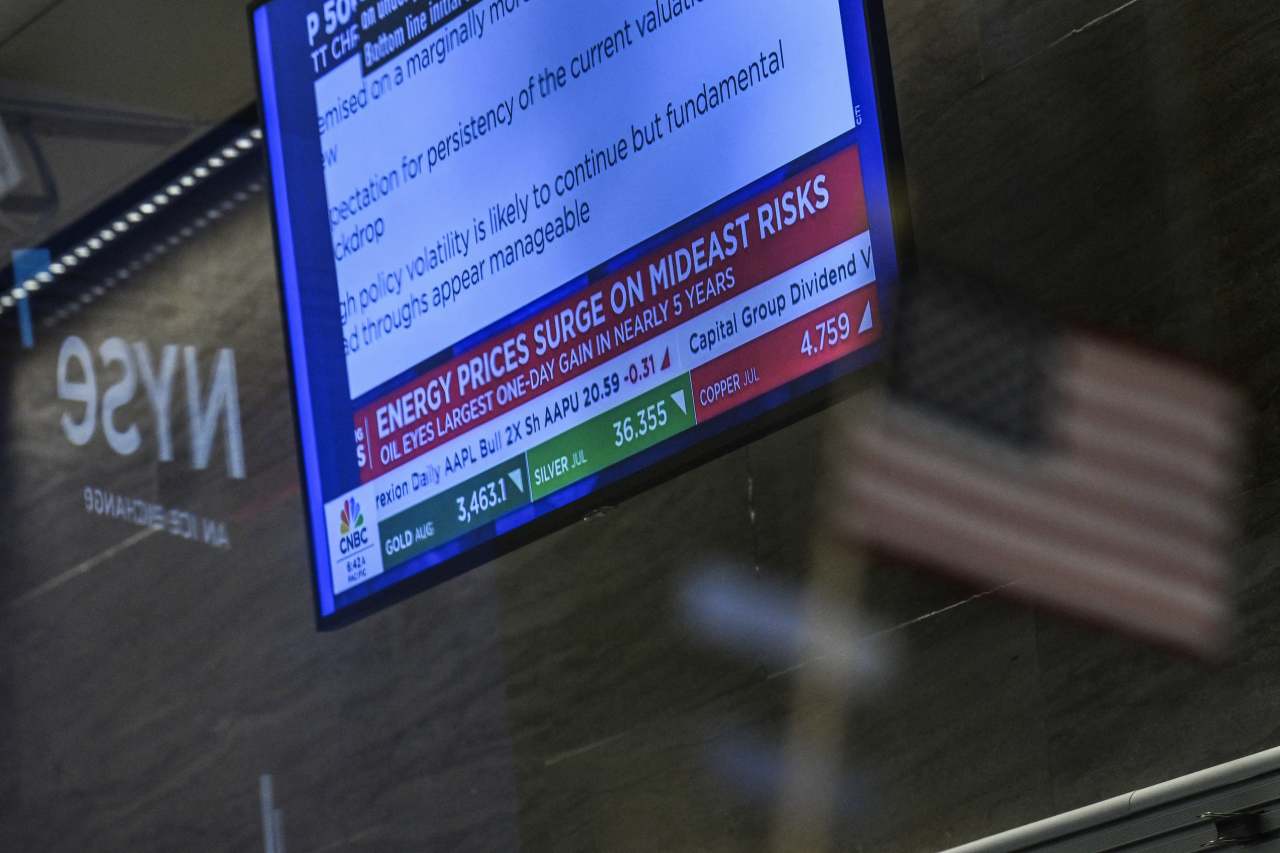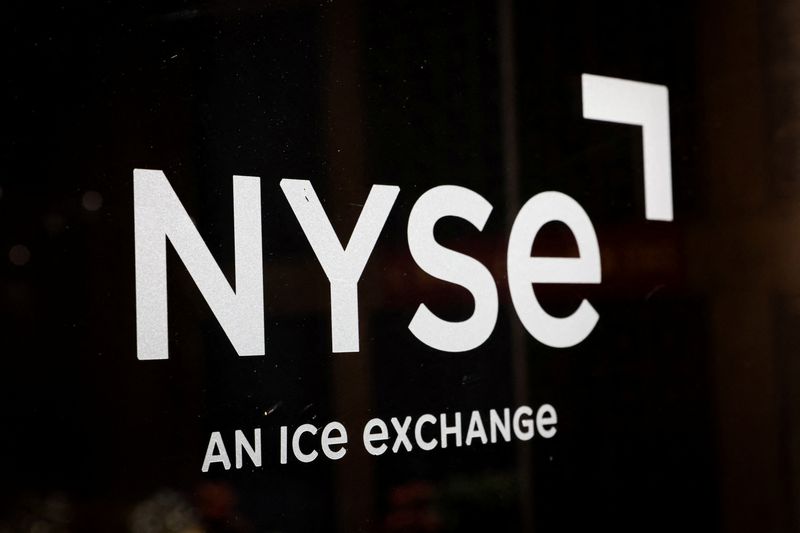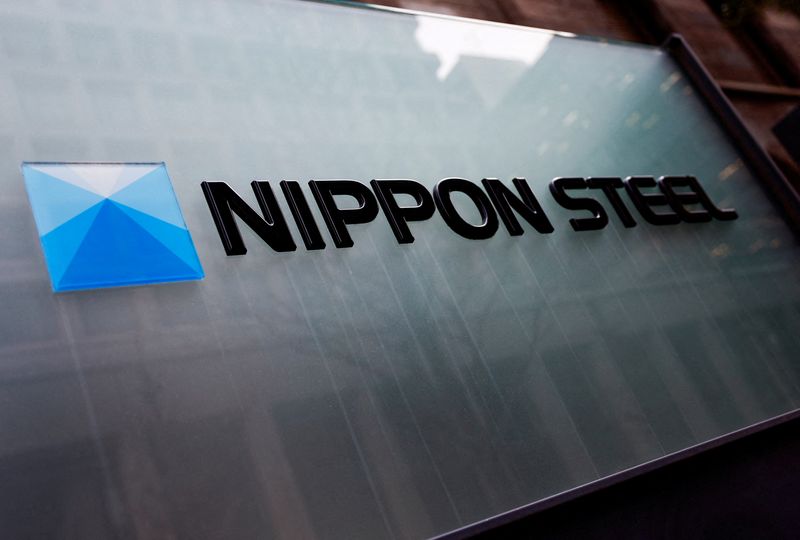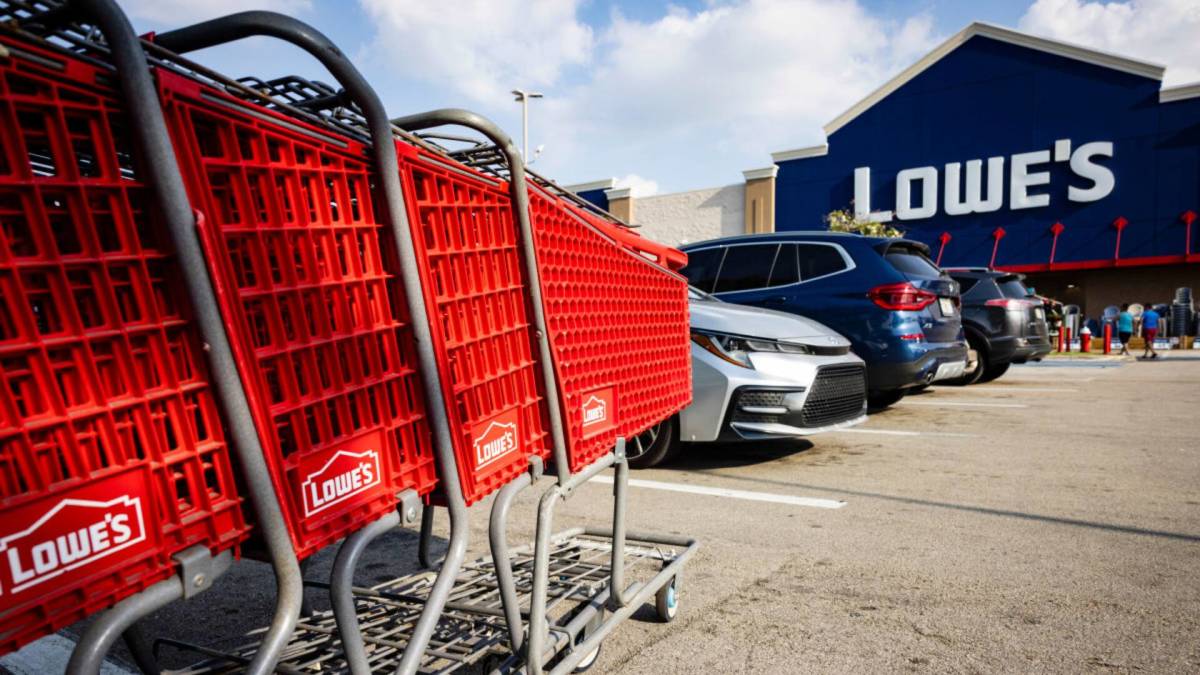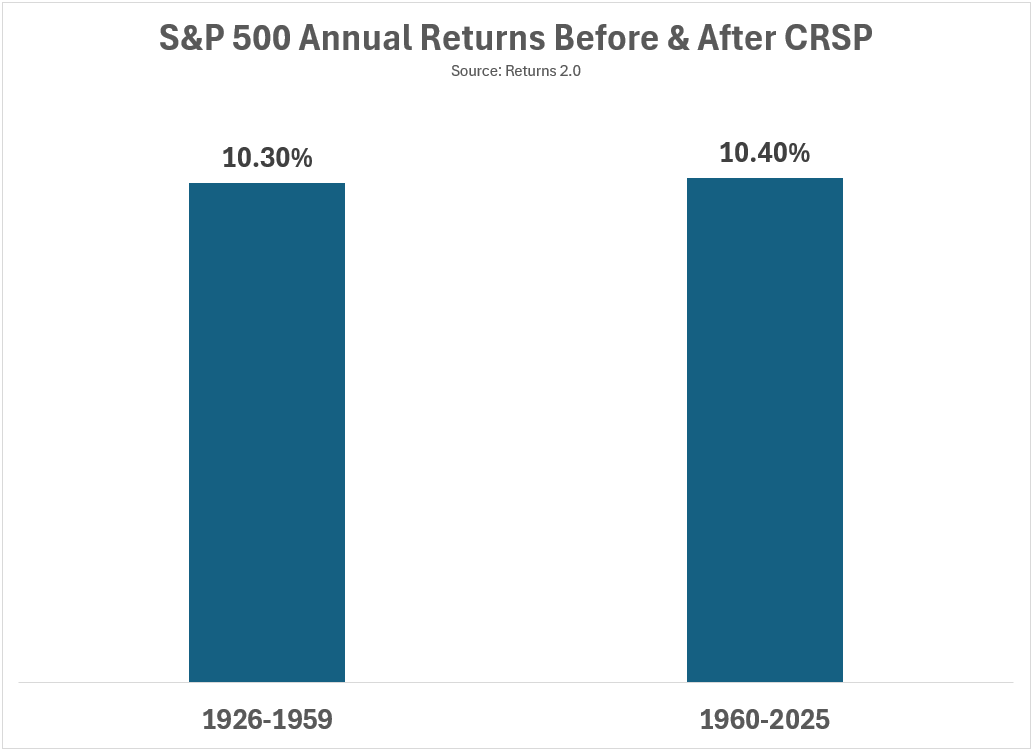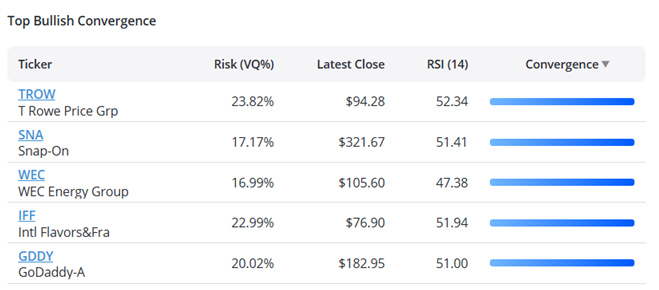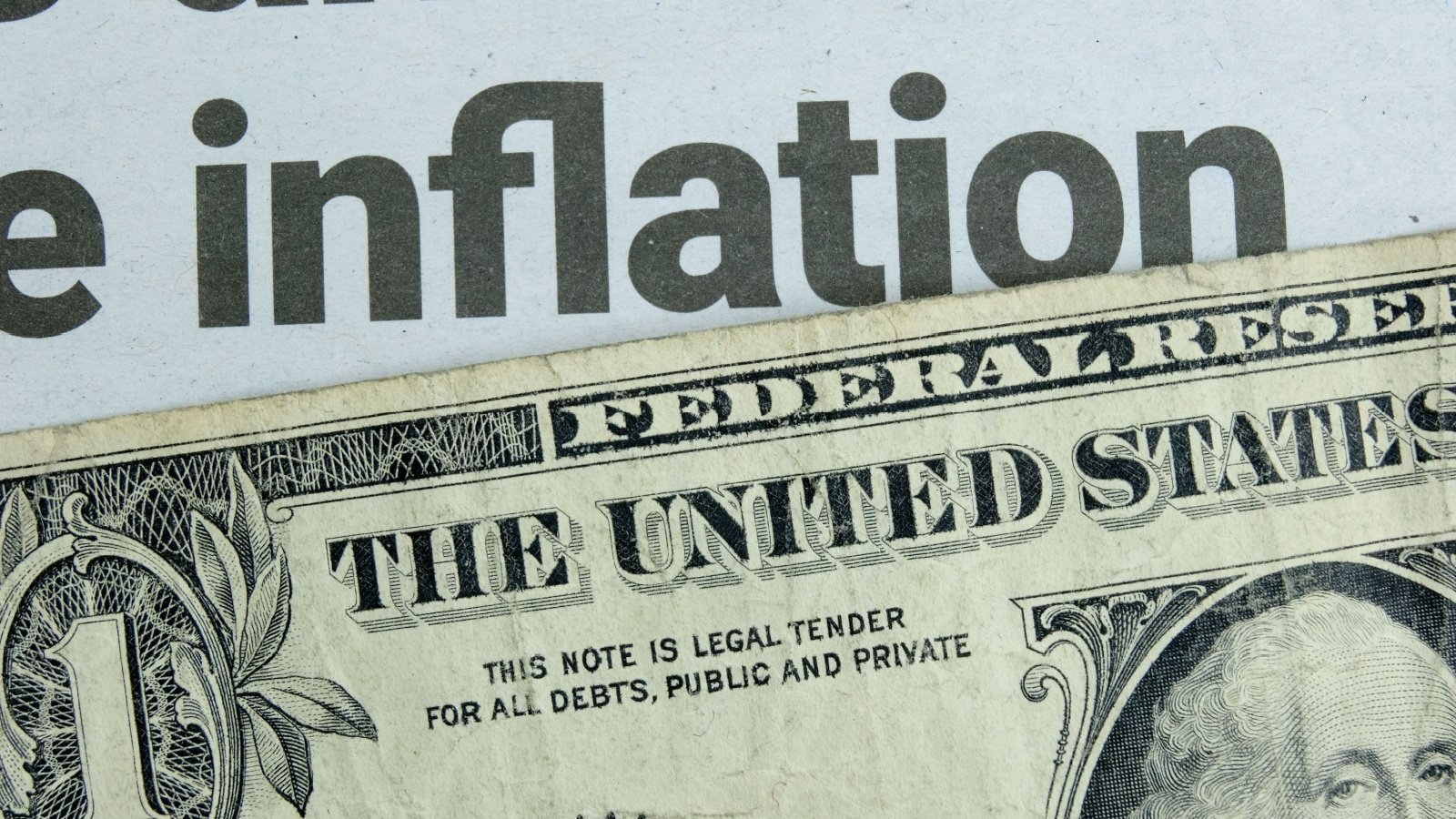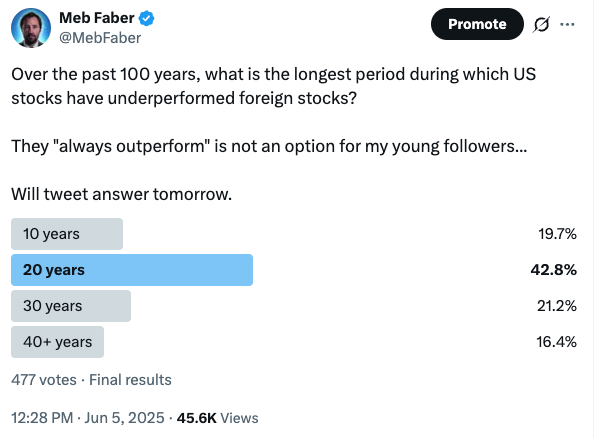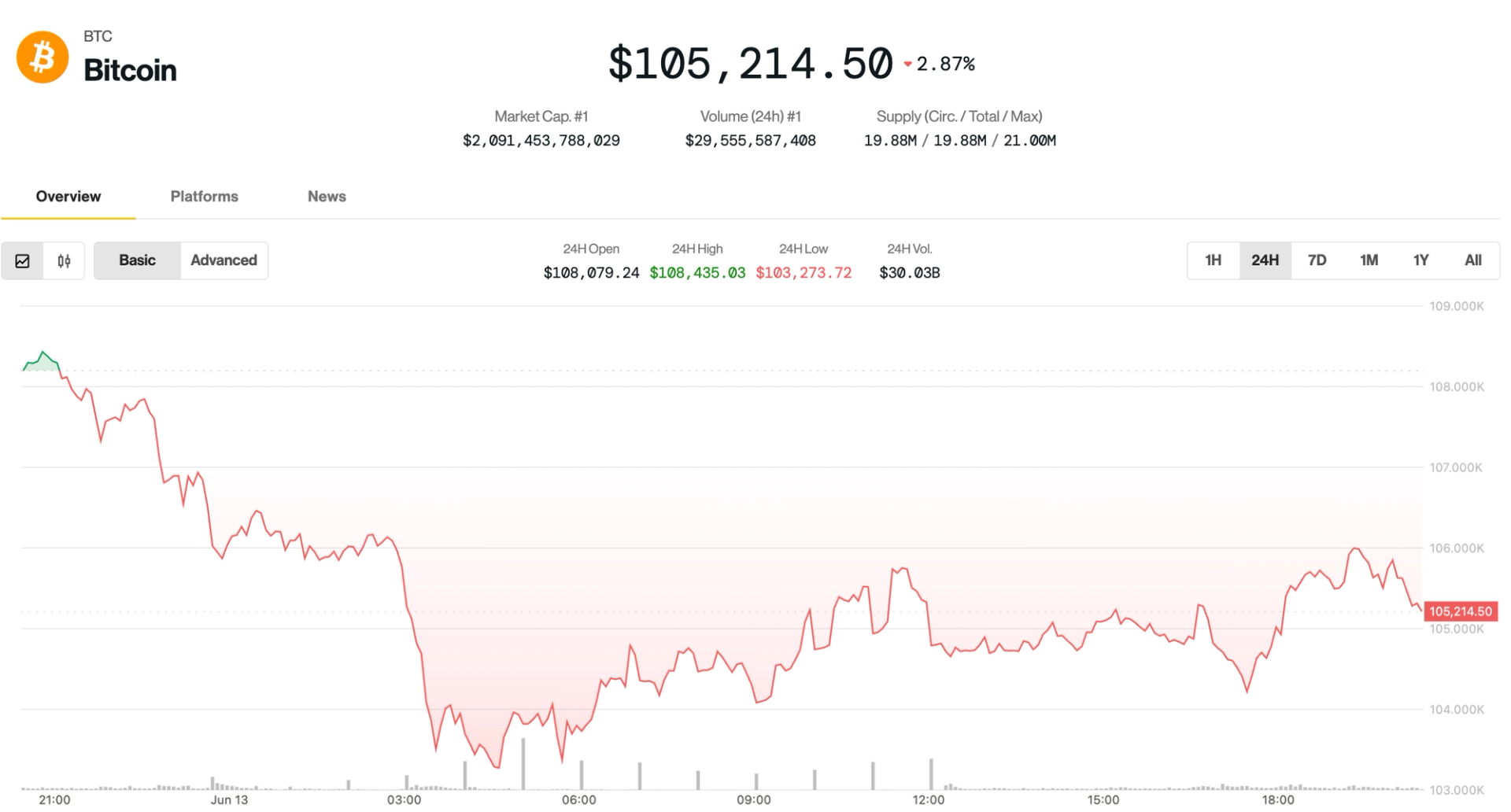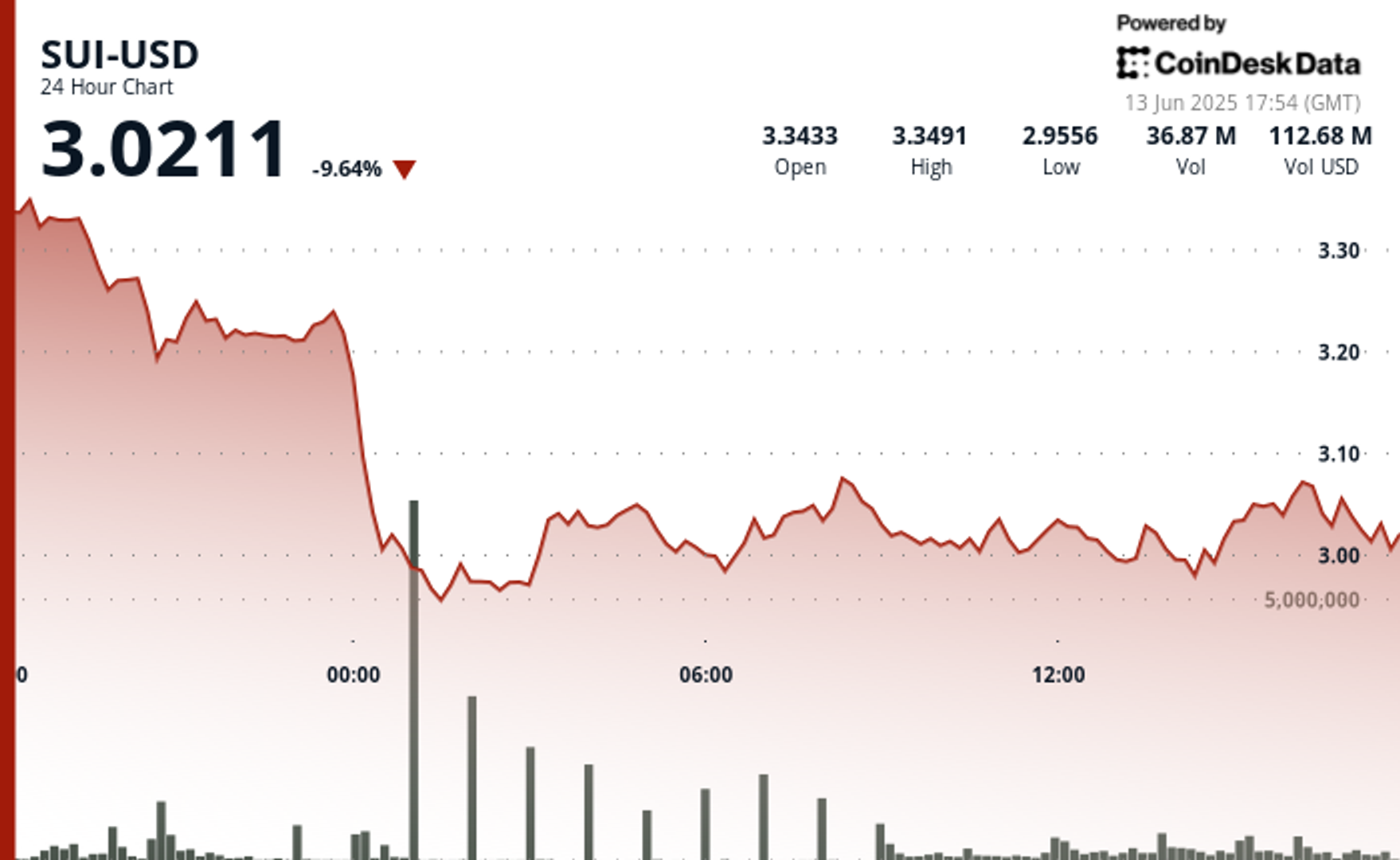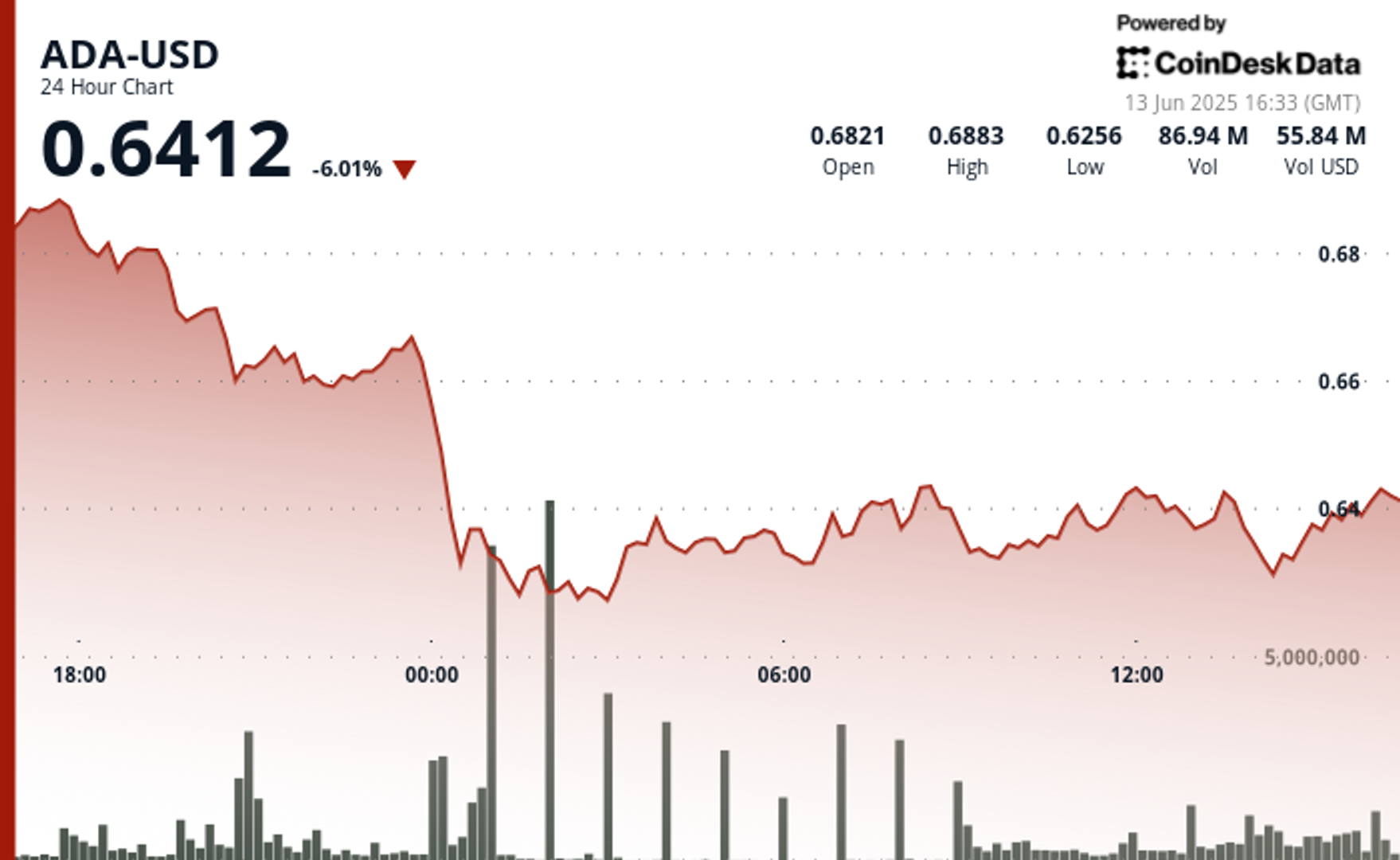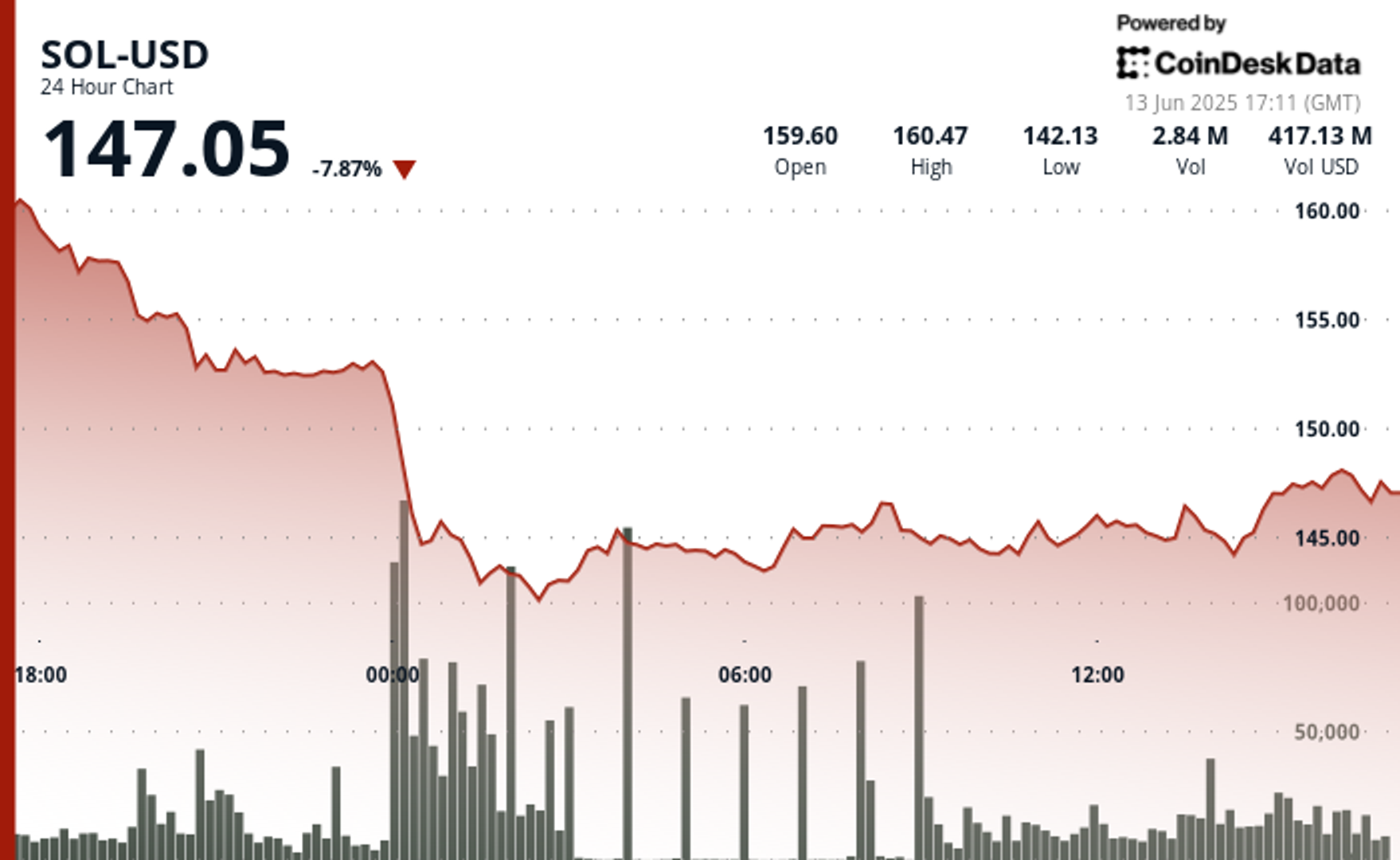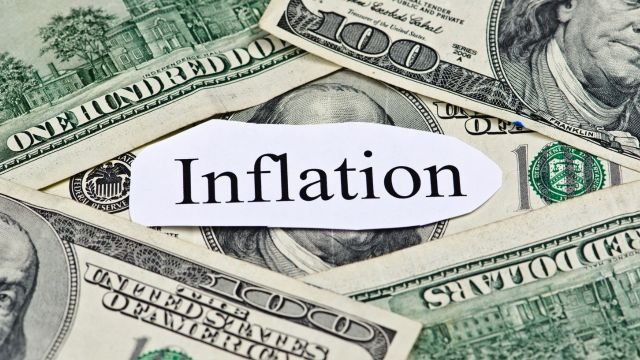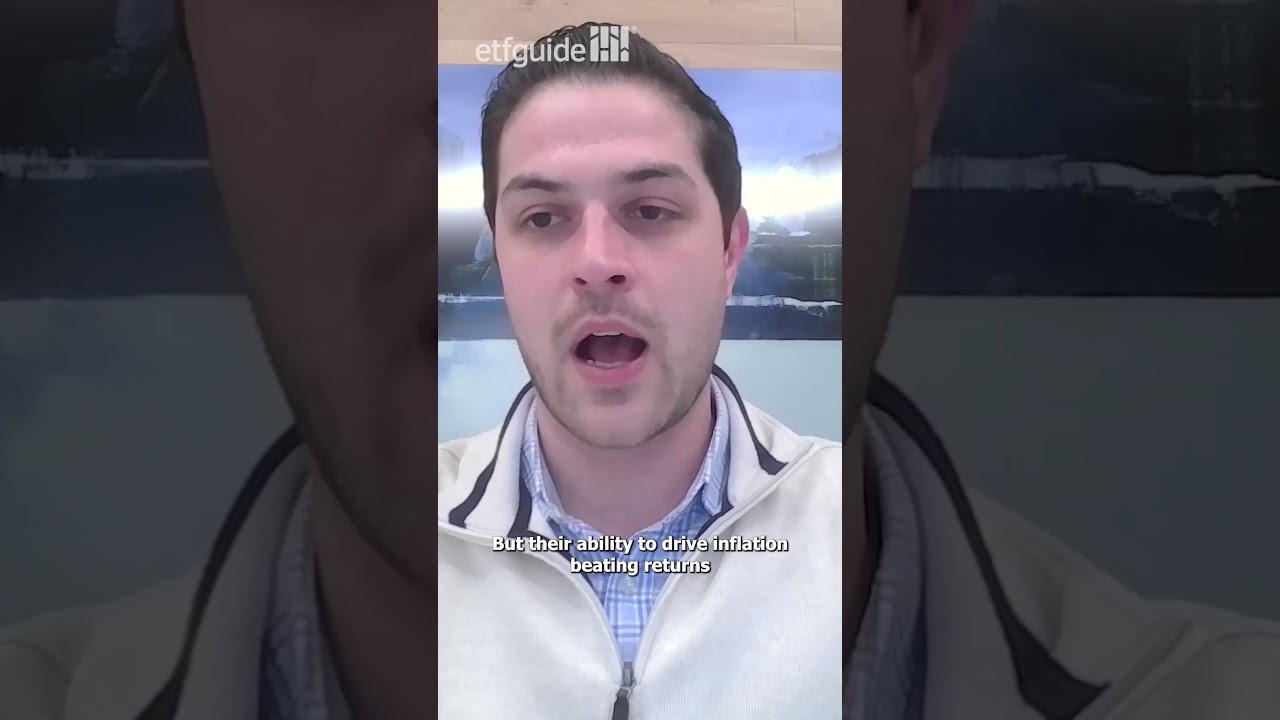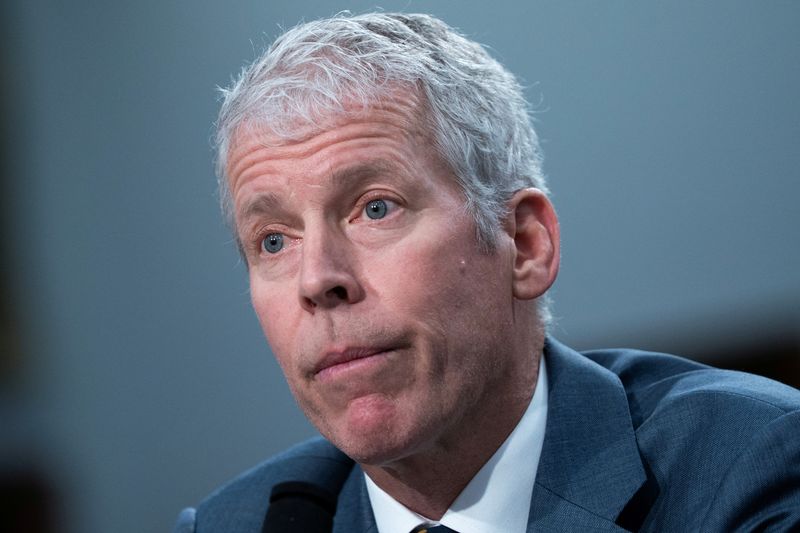Social Security Trust Fund Update: What You Need to Know
Social Security is a vital income source for seniors throughout the United States, which is why it is important to keep tabs on the program’s finances. Unfortunately, the most recent trustee’s report shows that its finances are not as stable as seniors might hope. In fact, there are some pretty serious problems that could potentially […] The post Social Security Trust Fund Update: What You Need to Know appeared first on 24/7 Wall St..

Social Security is a vital income source for seniors throughout the United States, which is why it is important to keep tabs on the program’s finances.
Unfortunately, the most recent trustee’s report shows that its finances are not as stable as seniors might hope. In fact, there are some pretty serious problems that could potentially lead to benefit cuts within the lifetime of current retirees.
Here’s what the most recent trustee’s report says, along with some details about what this report means for those who rely on benefits to help them make ends meet.
There’s bad news about the Social Security trust fund
Social Security has two separate trust funds right now, which fund two different programs.
The first, the Old-Age and Survivors Insurance (OASI) Trust Fund, is the one Social Security benefits come out of. That trust fund has enough money in it to pay 100% of total scheduled benefits until 2033. This reflects no change from the prior year’s report. Unfortunately, in 2033, the money will run dry.
Social Security can still pay benefits from funds collected from current workers, but it has no current authority to borrow the rest of the funds or to pull money from the general treasury fund. As a result, an automatic 21% benefits cut would have to occur if the trust fund runs out, since current revenue only provides enough money to pay 79% of promised benefits.
The second trust fund, which covers Social Security disability payments, has enough money to pay 100% of its projected benefits through 2098, which is as far as the report goes. So, this trust fund is not in trouble.
However, it’s widely anticipated that the two trust funds would be combined if the money in the OASI fund runs out. The result would be that the combined trust fund would be able to pay 100% of scheduled benefits until 2035, at which time 83% of promised benefits could be paid. Combining the trust funds buys the program some extra time and allows for a smaller benefit cut if it does happen.
The date when the funds are projected to run out is also a year later than it was in last year’s report — which is good news.
Don’t overreact to the trust fund running dry

Obviously, retirees won’t be happy to hear that the trust fund for the program that provides their benefits is at risk of running out.
However, it’s also not necessarily something to panic over — at least not yet. Social Security is an extremely popular government program. Lawmakers from both sides of the aisle have repeatedly pledged not to allow cuts to go into effect, and it would be political suicide for any party that allowed benefits to be slashed by 17% to 21% on their watch.
Some type of fix is inevitable before benefits run dry. Now, this fix may do unpopular things, like move full retirement age later, but if it does, it will very likely phase that change in over time, so current retirees may not be impacted.
Still, the risk of the trust fund running dry should serve as a wake-up call that no senior should count on money they don’t personally have as a crucial source of retirement income. As you plan your retirement, aim to make sure you have plenty of supplemental income to survive a Social Security benefits cut if needed.
A financial advisor can help you to take steps to ensure your retirement is as secure as possible, and can work with you to determine how much to save so a Social Security cut wouldn’t devastate your finances.
You should reach out to an advisor early in the retirement planning process if you can, although seniors will also benefit from getting help with budgeting to ensure a safe withdrawal rate that preserves their nest egg for the future.
The post Social Security Trust Fund Update: What You Need to Know appeared first on 24/7 Wall St..





















